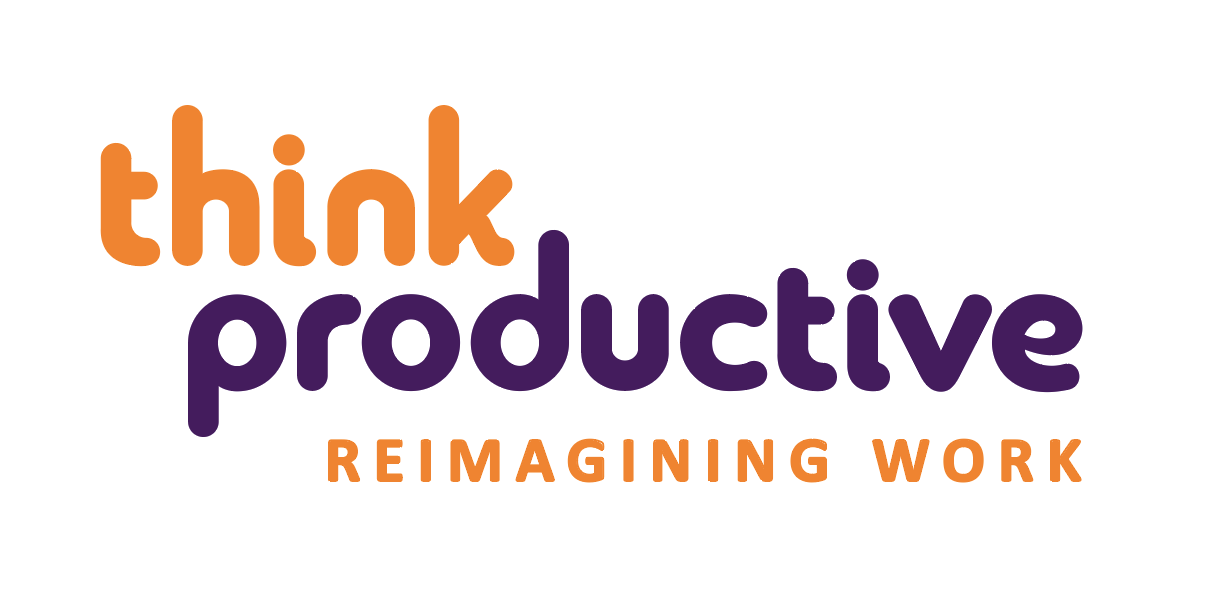Productivity Ninja – trying to get ahead? Be smart. Or rather, SMART. The SMART goal-setting process helps you organize, analyze and direct your actions towards success. Using the acronym, create goals that are specific, measurable, achievable, relevant and time-bound. You’ll need patience, reflection, precision and awareness to meet all these criteria. Certainly traits and skills which you’ve learned in one of our Time Management Workshops.
Implementing SMART goals requires many of those same skills, just over a longer period of time. SMART goals are often used in business and education, but there’s no need to limit the practice. Set goals for communication, health, relationships, finances or even leisure time. After you’ve put in the work, it’d be a shame not to follow through!
Getting Started
If you’ve completed the goal-setting process successfully, your aim is attainable. But that’s not the same as easy. Even though you’ve determined your target is within reach, you’re going to have to stretch. A lot. To avoid being overwhelmed as you begin, think back on prior successes. What talents and skills do you possess that contributed to your progress? This is essentially a pep talk. Recognizing your accomplishments helps motivate you, especially when the going gets tough.
Maybe you want a promotion. Identify the abilities you already have that make you right for the position. Boosting your confidence is a good first step toward your goal.

Since you’re reflecting, ask yourself: what behaviors have you exhibited in the past that have gotten in the way of advancement? Do you have habits that are nonproductive, or even detrimental? Perhaps you don’t get enough sleep, so you hit an afternoon slump. Maybe you get sidetracked when working on the computer.
If you have trouble pinpointing problems, ask a trusted colleague or mentor for suggestions. Or, bypass humanity altogether and use software to monitor your online activity. With this preparation, you’ll know areas where you shine as well as where you’re vulnerable. Both kinds of information enhance goal implementation.
Carrying On
You’ve spent time developing just the right goals for you, but they’re not set in stone. You created the goals, so you can change them. Life happens, and you might find you need to modify a goal a bit to keep it realistic or meaningful. In some cases, you could discover that the actual goal is no longer appropriate for you.
If a goal proves to be too big to tackle all at once, break it down into smaller segments. Maybe being a vice president in your corporation is far off in the distance. What positions comes first? Manager? Department head? Short-term objectives are easier to reach.
The ultimate goal is still on your agenda — you’re just taking time to get there. This goal is important to you, or why else would you bother with this process? It’s far better to go more slowly than to give up altogether.

You could also be faced by the other extreme: your goal is too easily achieved. This might mean you worked hard and knocked it out of the park, but you could also be underestimating yourself. Increase the challenge by making your goal a little tougher.
Getting Help
SMART goals are highly personalized, but that doesn’t mean you’re completely on your own. Along the way, ask a knowledgeable and reliable observer for some insight. Share your goals and plan. Give this advisor some time to cogitate, then ask for an assessment:
- Overall, how does the process look from the outside?
- In what ways are you making progress?
- What things are standing in your way?
Once you’ve gotten the evaluation, take it to heart — but don’t take it personally. Remember, you asked for this information. Provided you chose wisely, the person you consulted has your best interests in mind. Consider the critique thoroughly, and make any adjustments necessary.

If your plans are long-term, revisit this appraisal periodically. Adding an outside analysis makes your SMART goals smarter.
Making It Stick
To achieve your goals, you’ll undoubtedly make some behavioral changes in your life. Starting out, you’ll need to actively remember to do them. How long until all these goal-oriented behaviors become habits? A University College London study provides the answer. It’s probably longer than you want, but not excessively long: about two months.
That’s the average. Researchers found the range to be 18 to 254 days. Here’s hoping you’re on the low end.
What can you do to shorten the time span? Just keep plugging away! If you blow it once and a while, you don’t have to start from the beginning. Occasional backsliding won’t keep you from reaching your goal. The emphasis is on “occasional.” When trying to form new habits, be as consistent as possible.
When there’s something you want — really, really want — develop SMART goals. As you implement them, remember that flexibility and feedback are part of the process.
What’s your next goal? Share it with us in the comments below or @thinkproductive
Set your goal to be more productive and less stressed next year? Why not give yourself a boost and get a Productivity Consultant into your office for one of our many Time Management Workshops?
By Lexie Lu
Lexie Lu is a freelance designer and blogger. She enjoys researching the latest trends and always has a cup of coffee in close proximity. She manages Design Roast and can be followed on Twitter @lexieludesigner
